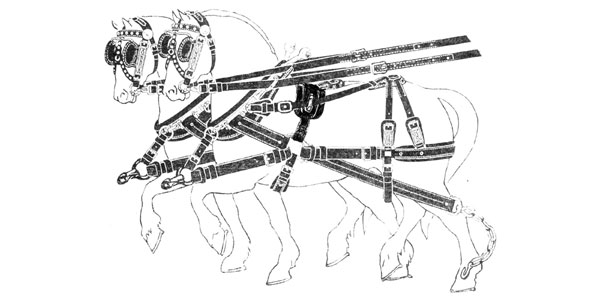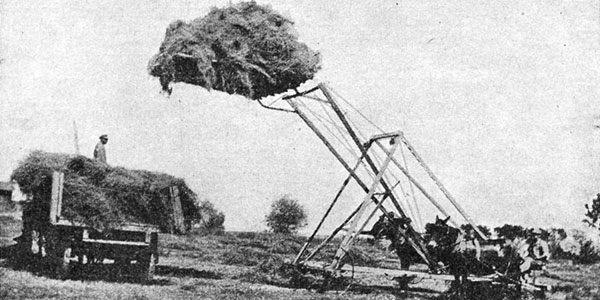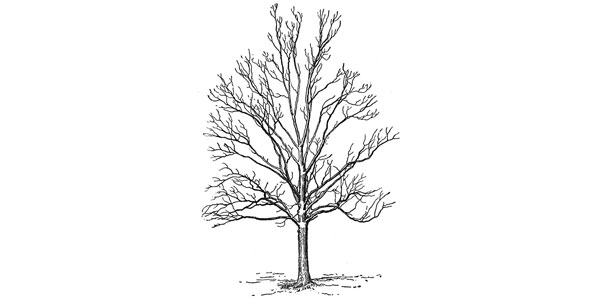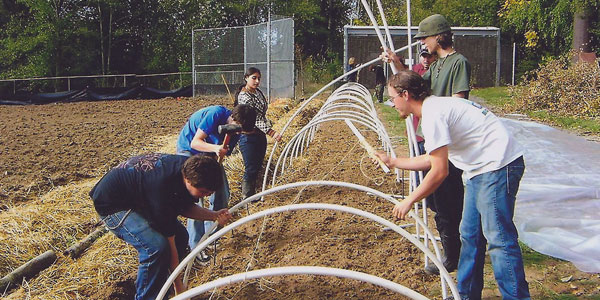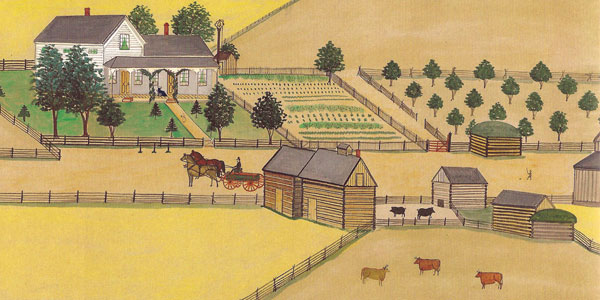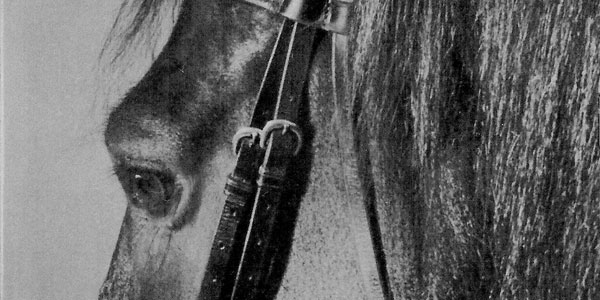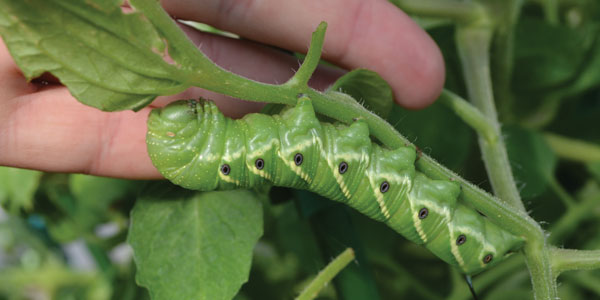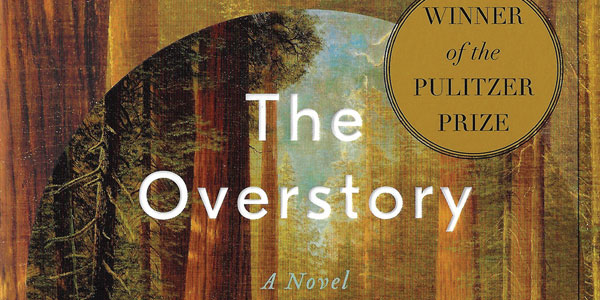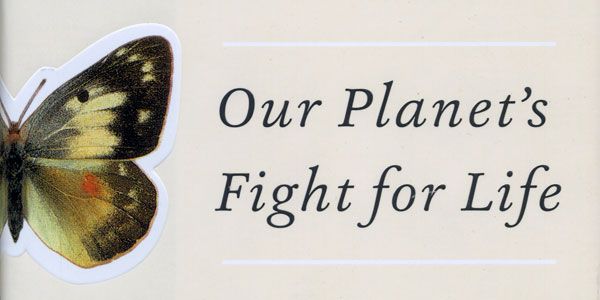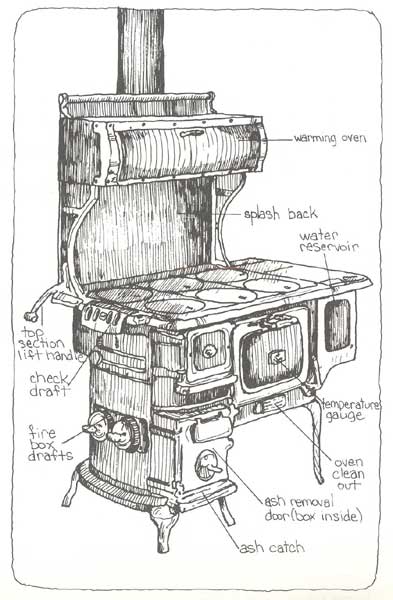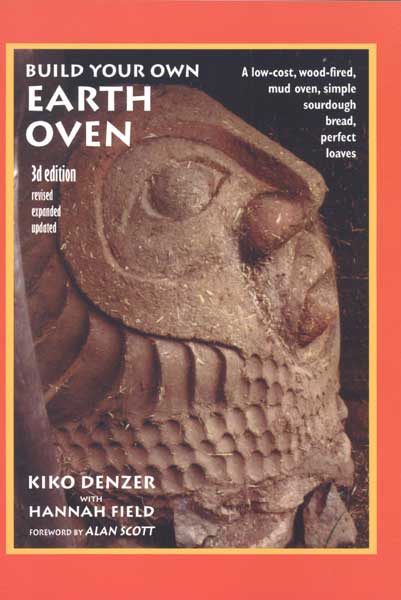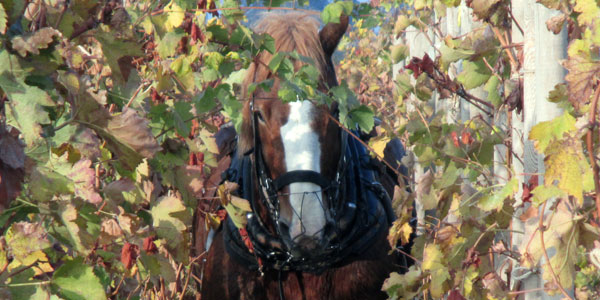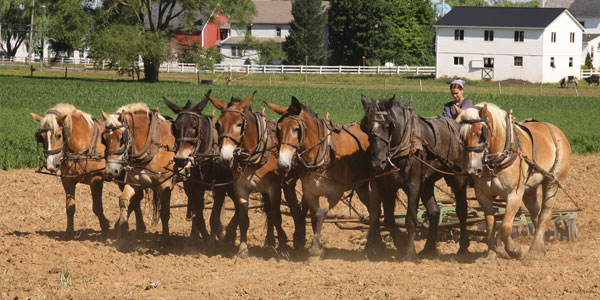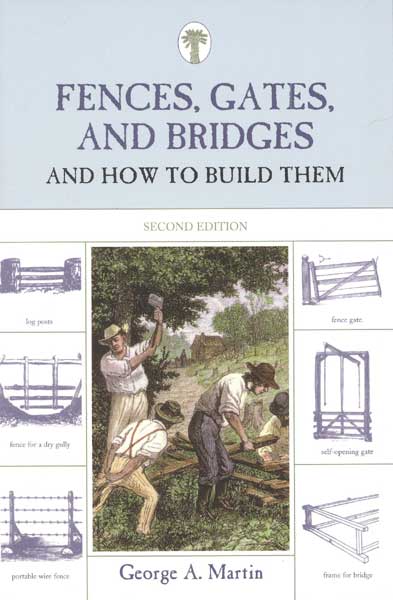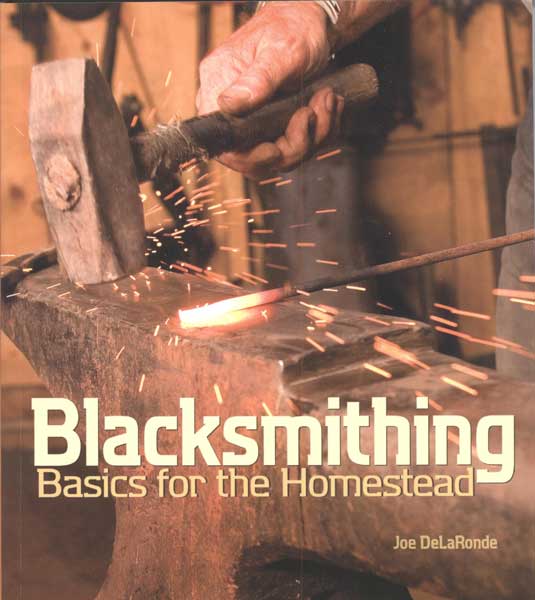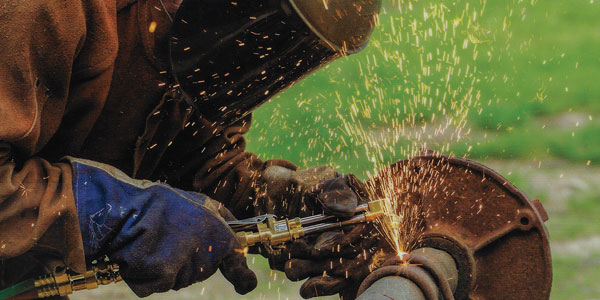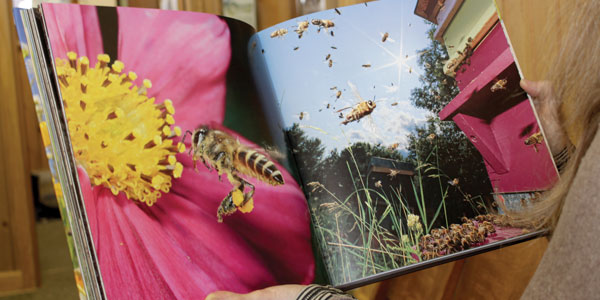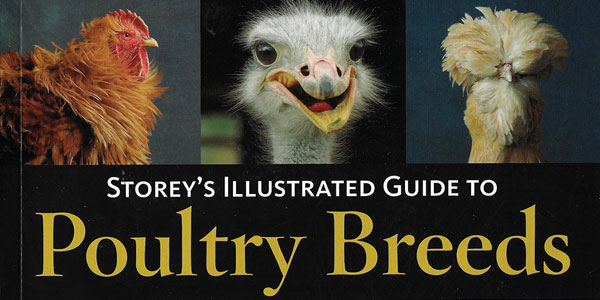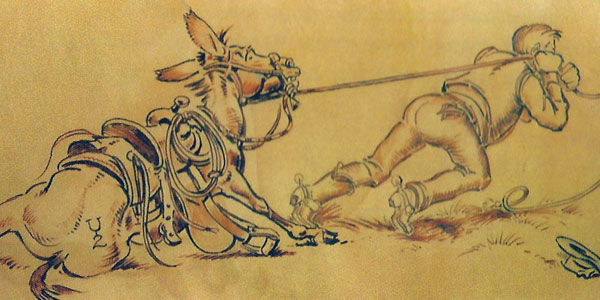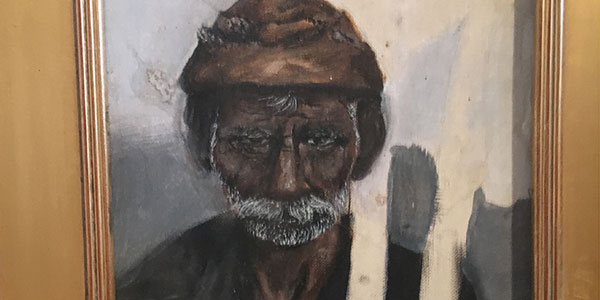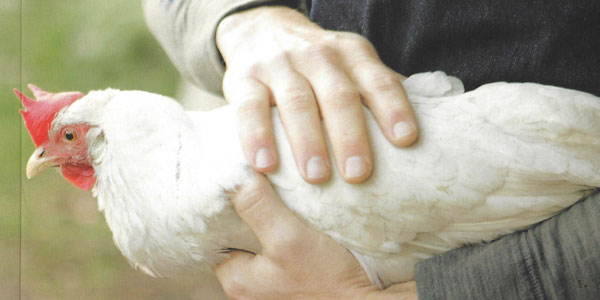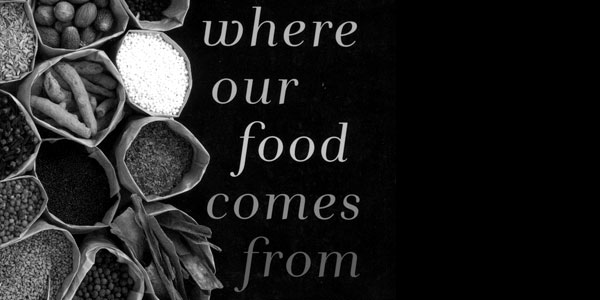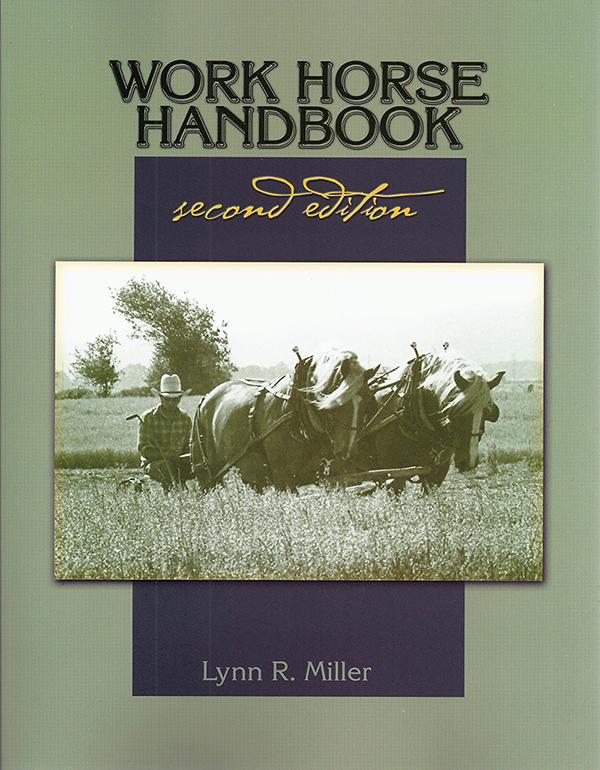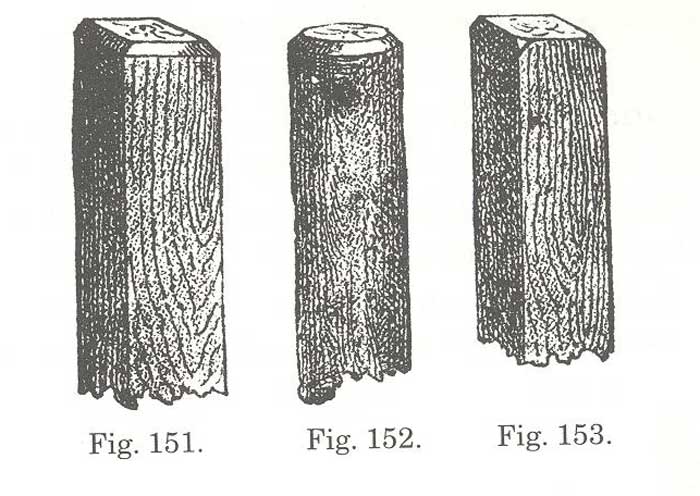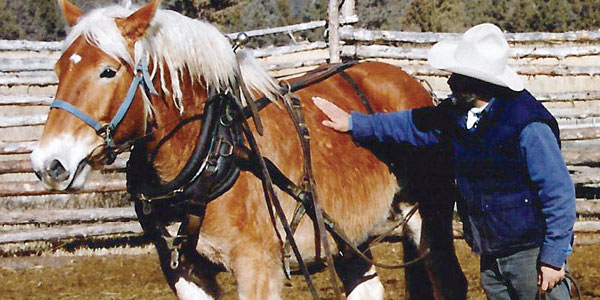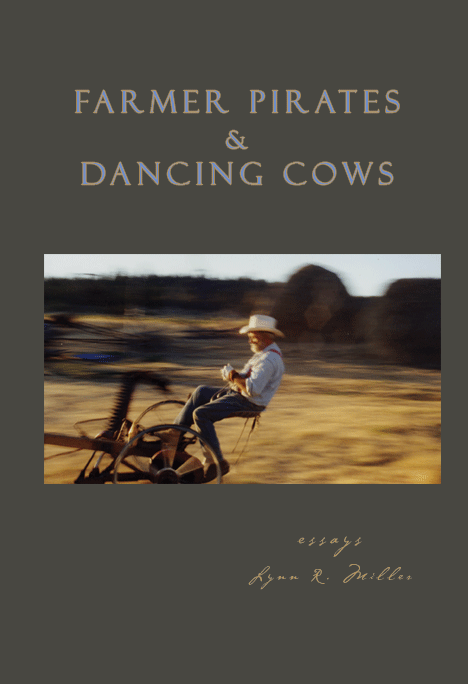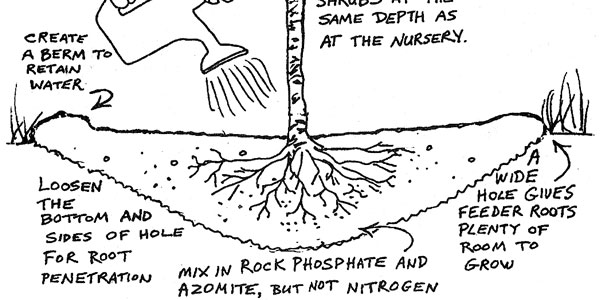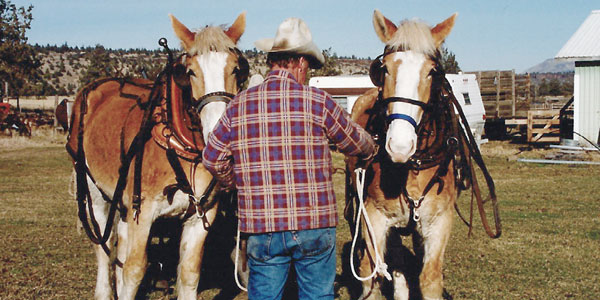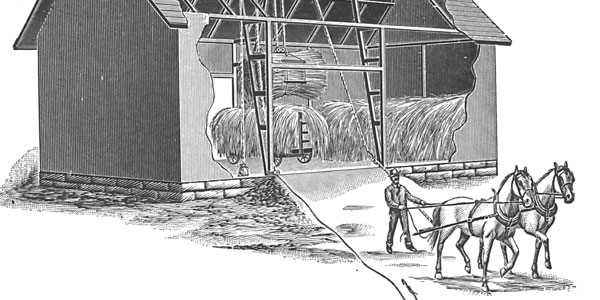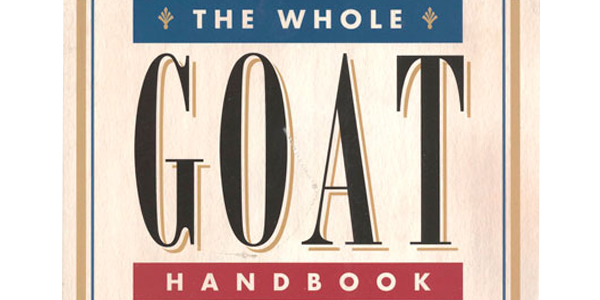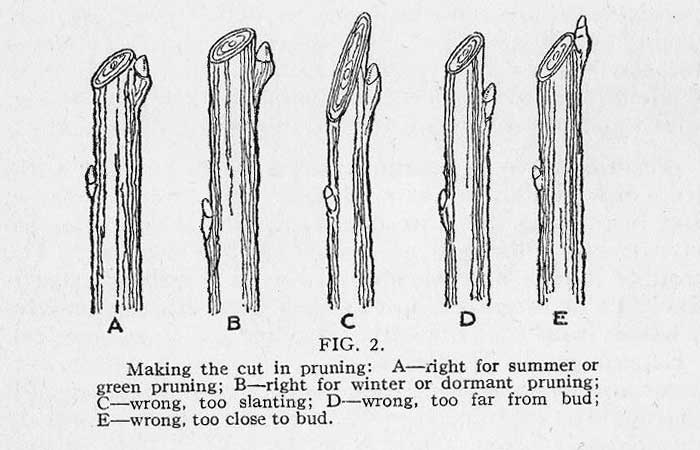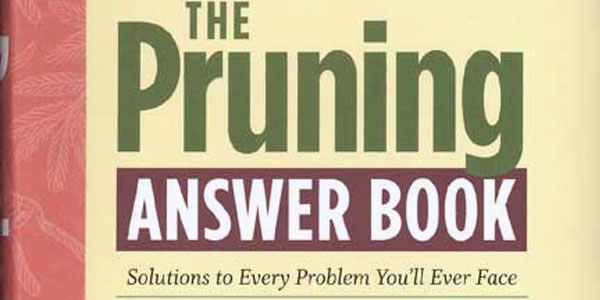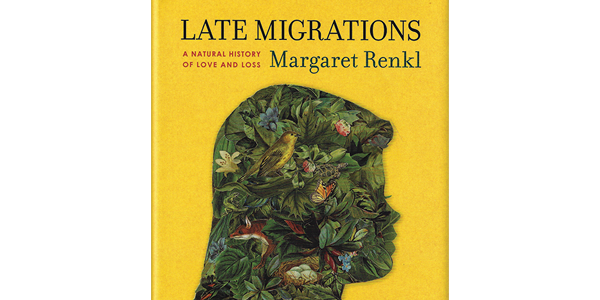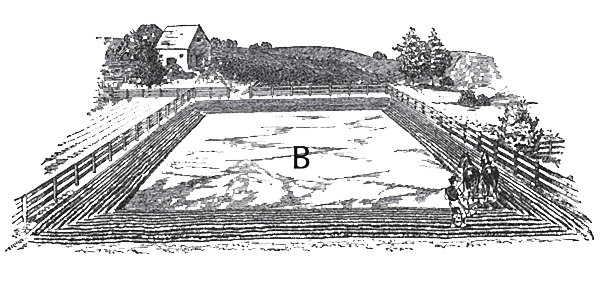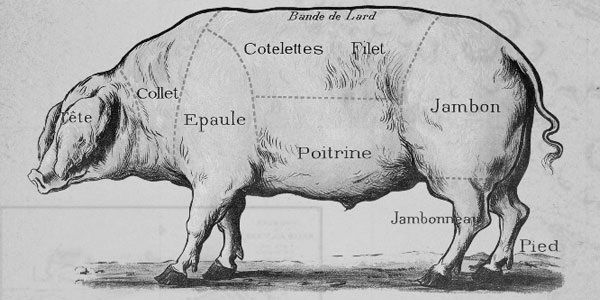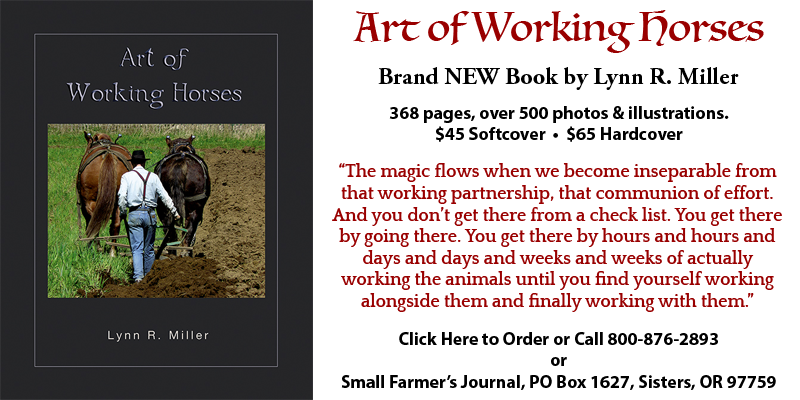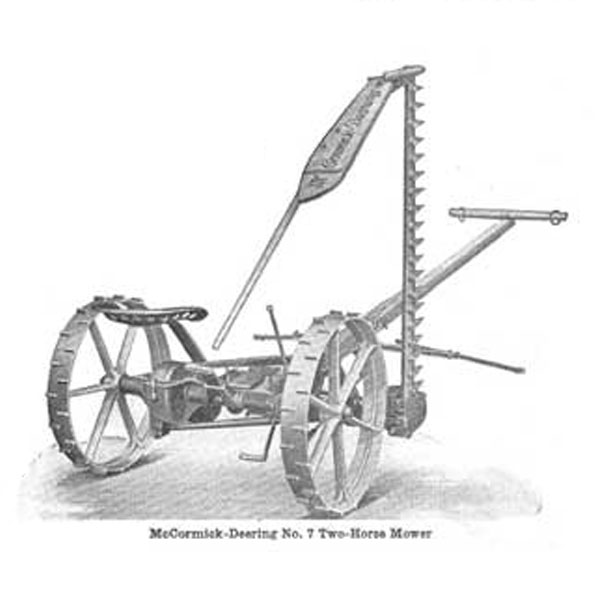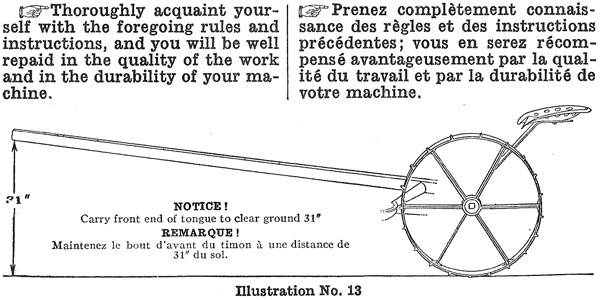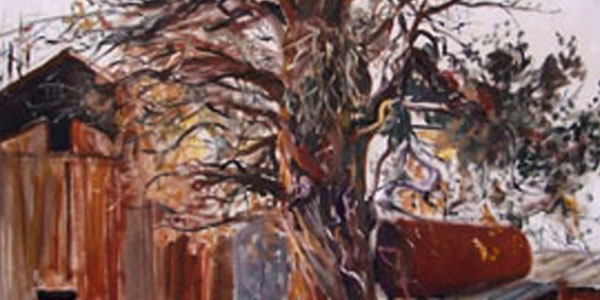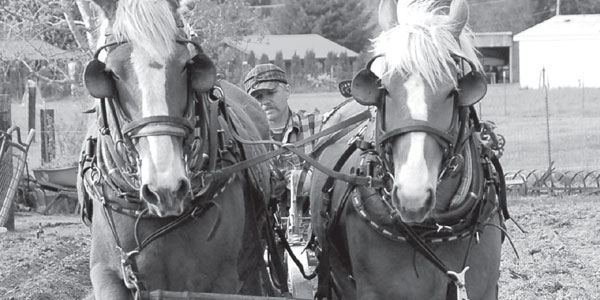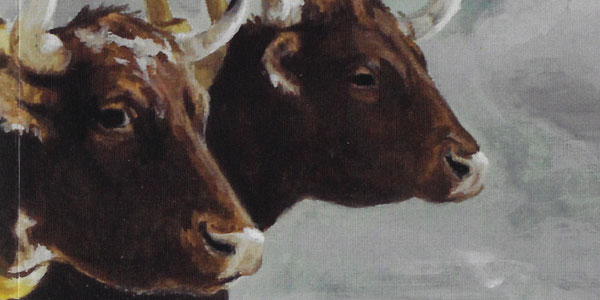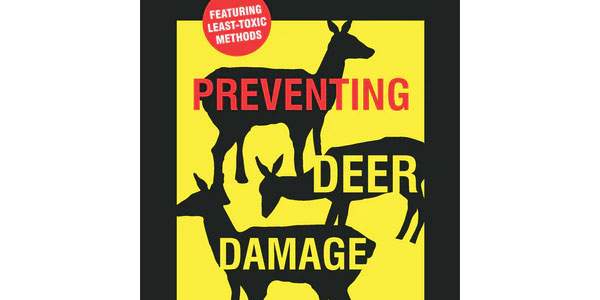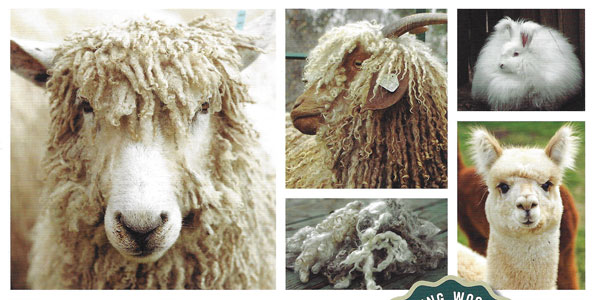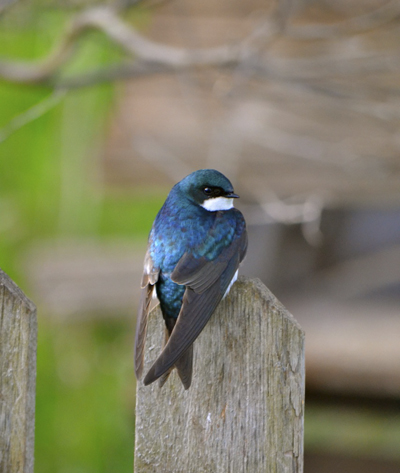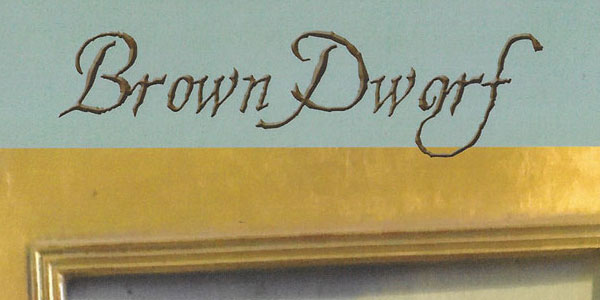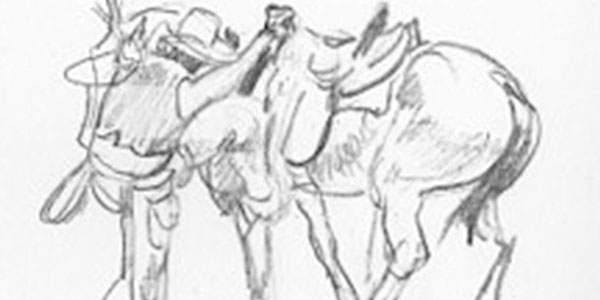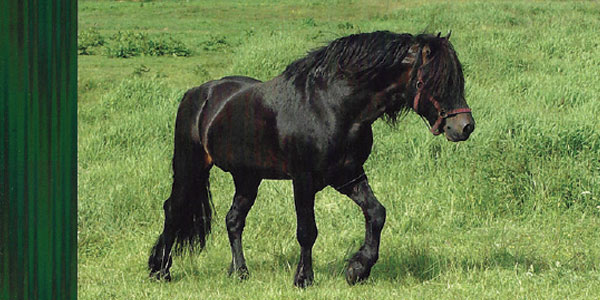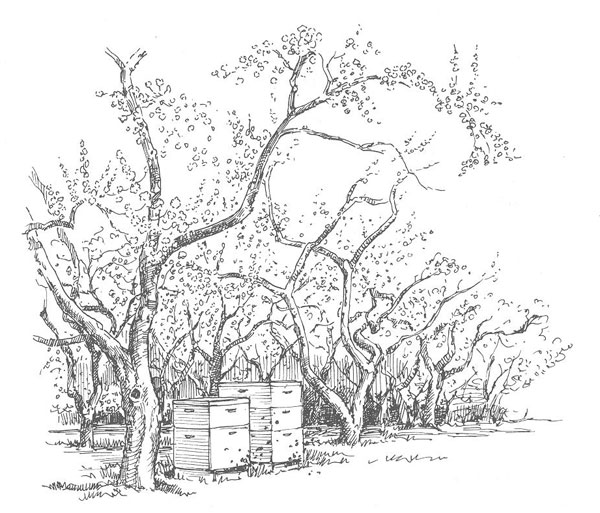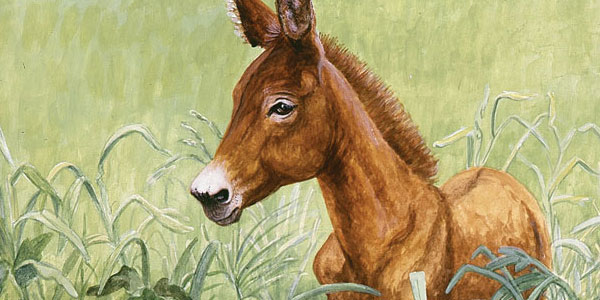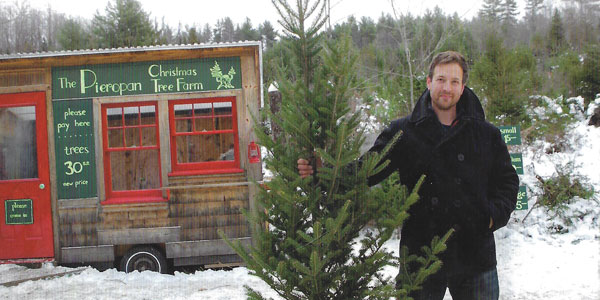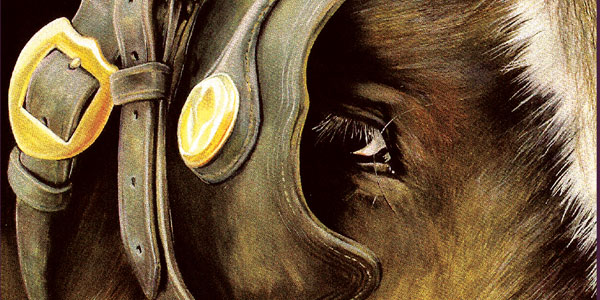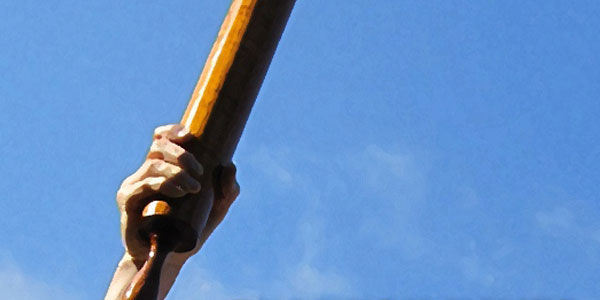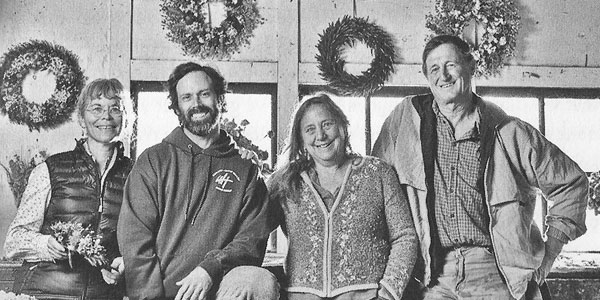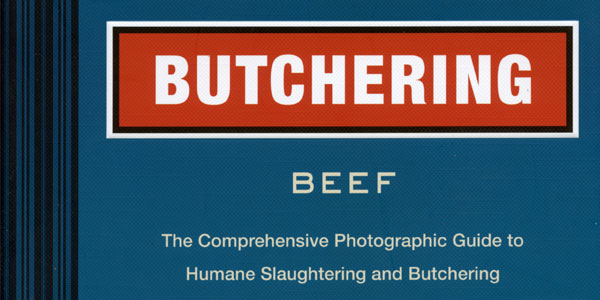Book Reviews
19th Century Wisconsin Watercolorist
Wisconsin in Watercolor: The Life and Legend of Folk Artist Paul Seifert, by Joe Kapler, is a superb 2018 art book from the State Historical Society of Wisconsin. The extensive spread of the fascinating and beautiful Seifert paintings would be reason enough for a lover of art to search out this volume. Add in the wonderfully researched and written story of this illusive gentleman and his life’s work and you’ve a double treasure.
A Ben Green Cowboy Ride-Along
The key to most of Ben Green’s stories is meeting a stranger on the way to or from somewhere new and strange. Is this a friend, an adversary, a rival in an elaborate charade? A farmer down on his luck, or a fellow trader addicted to the thrills and rewards of sharp practice? Green has the knack of traveling incognito, of gaining valuable information by sharing meals and swapping favors.
A Horse That Knows to Stand or Run
This past year like most shut-ins I’ve had time to read, write and sit quiet, but little met my need to face some ugly truths and quiet our political and social demons, until I came across this 2007 novel set in the Civil War, a ruggedly chiseled but beautifully rendered piece called COAL BLACK HORSE, by Robert Olmstead. The main character is a 14 year-old backcountry boy whose mother has a premonition, sends the boy to find his father and bring him home. They live in the Appalachian mountains, farming a high remote ridge in what is now West Virginia. The boy’s father has enlisted in the Union Army, and neither Robey Childs nor his mother Hettie knows where he is. But Hettie has heard that Stonewall Jackson has been killed, and her troubled visions and dreams lead her to send her boy out on this vague lifesaving quest.
A Quiet Stand
Burnout is common to idealists who invest deeply in their dreams. It is easy to overreach, and promise more than you have to give. Then too there is that tempered hidden anchor called hope, the mountain climber’s friend driven into cracks to belay and secure him as he goes, which still may fail first or last. So following the story that underlies these essays it is not hard to see how, as Kingsnorth says, finding himself increasingly mired in endless meetings with corporate spokesmen paid to resist him, enough futile effort might lead to despair.
A Short History of the Horse-Drawn Mower
Book Excerpt: The enclosed gear, late model John Deere, Case, Oliver, David Bradley, and McCormick Deering International mowers I (we) are so fond of had a zenith of popular manufacture and use that lasted just short of 25 years. Millions of farmers with millions of mowers, built to have a serviceable life of 100 plus years, all pushed into the fence rows. I say, it was far too short of a period.
A Species to Look Up To
The interwoven human stories in the book hold many surprises, with unlikely heroes and distressingly ordinary villains. I will try not to spill the beans, but the most memorable story for me is a newly met couple who join some environmental activists, and are talked into climbing up into the canopy of an old-growth tree, to halt the clear-cutting of an ancient forest. Expecting to only be up there for four or five days, they are both alarmed and slowly charmed to be marooned 220 feet above the forest floor for a stay that stretches a year, when the beleaguered activists can’t find anyone to replace them.
Aboard the Planetary Spaceship
SFJ Spring 2016 Preview: Edward O. Wilson’s new book, Half-Earth: Our Planet’s Fight for Life, offers a plan for the problem of species extinction: the dominant species, man, must hold itself back, must relinquish half the earth’s surface to those endangered. It is a challenging and on the face of it improbable thought, expressed in a terse style. But his phrases are packed because the hour is late.
An Illustrated Guide To The Wood Fired Cookstove
Illustrated guide to the wood stove and it’s accoutrements.
An Introduction To Cob
Mixed with sand, water, and straw, a clayey-subsoil will dry into a very hard and durable material; indeed, it was the first, natural “concrete”. In the Americas, we call it “adobe”, which is originally from the Arabic “al-toba”, meaning “the brick.” Invading Moors brought the word to Spain from North Africa, where an ancient mud building tradition continues today.
An Introduction To Farm Woodlands
The farm woodland is that portion of the farm which either never was cleared for tillage or pasture, or was later given back to woods growth. Thus it occupies land that never was considered suitable, or later proved unsuitable, for farm enterprises.
An Introduction To Grasslands Farming
From Dusty Shelves: A World War II era article on grassland farming.
Apples of North America
Freedom has been called the ugly duckling of disease-resistant apple varieties. But that shouldn’t detract from its many merits. These include the freedom from apple-scab infection for which it was named, a high rate of productivity, and an ability to serve as a good pollinator for its more attractive sibling, Liberty.
Art of Working Horses – A Review
Over 40 years Lynn Miller has written a whole library of valuable and indispensable books about the craft of working horses. He has helped beginners acquire the basics of harnessing and working around horses, and has led those further along to focus on the specific demands of plowing, mowing, haying and related subjects. But, in a fitting culmination, his latest book, The Art of Working Horses, raises its sights and openly ponders secrets at the heart of the work that may over time elevate it to an art.
Art of Working Horses – Another Review
One could loosely say this is a “how-to” book but it is more of an “existential” how-to: how to get yourself into a way of thinking about the world of working horses. Maybe we need to explain what a working horse is. A working horse is one, in harness, given to a specific task. So, in that context, the book illustrates the many ways Miller has worked with his equine partners over the years – helping them understand what he wants them to do, as both work together to create relationships that help achieve desired goals.
Barbed Wire History and Varieties
Book Excerpt: The invention of barb wire was the most important event in the solution of the fence problem. The question of providing fencing material had become serious, even in the timbered portions of the country, while the great prairie region was almost wholly without resource, save the slow and expensive process of hedging. At this juncture came barb wire, which was at once seen to make a cheap, effective, and durable fence, rapidly built and easily moved.
Basic Blacksmithing Techniques
Illustrated guide to basic blacksmithing techniques, an excerpt from Blacksmithing: Basics For The Homestead.
Basic Welding for Farm and Ranch
Hands-on human-scale farming will frequently put you in need of a way to repair implements and equipment, including gates, hinges, hangers and such. Success with your operation may well hinge on your willingness and ability to do most of these jobs yourself. Fifty+ years ago, when I got started farming, I was immediately intimidated by the cautions and precautions implicit with welding, either oxy or stick (arc). My first sense was that this process was not for the beginner or novice. I got over my trepidations. That was a long time ago. Since then innovations in welding technologies have come a very long way, adding to the hazards, and complexity, tenfold.
Beekeeping and Honey Hunting on Six Continents
In Honey from the Earth we see the diversity of hives, bees and methods played out to its absolute extreme. There are plenty of the familiar wooden, frame hives here, close to the ground; easy to manipulate and move. But the sky is, quite literally, the limit. Beehives are made of any and every available material that can be fashioned into homes that bees will accept and occupy — lumber, hollow logs, live trees, straw, reeds, bark, mud and plastic are all used according to the unique local situations in which bees and their keepers find themselves.
Book Review: Once Upon a Farm
The book depicts the rural material culture of his era through the use of lush, detailed illustrations. The pages are dominated by beautiful watercolors reminiscent of Carl Larson. Each scene centers on one aspect of rural life. Details about the scene are related with uncluttered pen and inks. These are all tied together with Artley’s narrative that is neither sugar coated nor sour. While the author describes his childhood as happy and stable – and clearly enjoyed his early years – there were tasks that he found distasteful. It is a story told through the eyes of a boy growing-up; refreshingly honest and personal. The result is a balanced description portraying life before rural electrification as both trying and rewarding, hard and pleasant.
Book Review: Storey’s Illustrated Guide to Poultry Breeds
I absolutely love chickens and ducks and geese! There, I stand exposed. And this book I am reviewing, I love it, too!! It is both a wondrous and wonderful book, especially if you are a poultry fancier who needs to know the what (duck, goose, chicken etc.), why (as in why would you want to raise this breed) and whose-its (as in crazy tidbit info i.e. coloration nomenclature) of individual species – or maybe you just want to be able to see how they are different. As you may note by the copyright date, this is not a new book but it deserves careful attention as a reference volume. It will have a long shelf life. It features well over one hundred excellent color photos and is expertly organized for easy use.
Book Reviews
Lynn briefly reviews several books, including Joe De Yong, A Life in the West by William Reynolds; Storey’s Guide to Raising Beef Cattle 4th Edition by Heather Smith Thomas; and the Farm Collector Show Directory.
Brown Dwarf and Other Failed Stars
What happens to this young farmer dropped into a spy thriller without a parachute can’t help but come as a shining surprise. In Miller’s world Nature seems almost to relish its potential to thwart human misdeeds, solve man-made problems and meet human needs — as if human greed and autocratic control were minor failings easily forgiven, as if the whole planet still deserved a many-tongued voice and a diplopod dance to a vast harmonic measure. This is a dark comedy to brighten the night sky, a novel as purgative, a bracing and serious ride.
Butchering Chickens
Some years back I had the pleasure of reviewing Adam Danforth’s outstanding and astounding volumes on butchering meats. Those titles won him the James Beard Award among others. His newest title, Butchering Chickens, follows in the very same astute footsteps. This attractive, well organized handy 175 page book, subtitled A Guide to Human Small-Scale Processing, is published by Storey.
Chicken Guano: Top-Notch Fertilizer
Whoever thought I’d be singing the praises of chicken poop? I am, and I’m not the only one. Chickens are walking nitrogen-rich manure bins.
Crop Rotation on Organic Farms
The book begins with basics: the hows and whys of managing crop rotation and a short lecture on soil tilth and nutrition. Then Mohler and Johnson offer more than a dozen farm-tested crop sequences from the field, along with a step-by-step rotation planning guide. Even so, it’s not a fill-in-the-blank and you’re ready to plant type guide. The editors don’t tell growers which crop should follow what. Instead, they challenge growers to become intimately acquainted with their land, topography, crops and markets and guide them to develop a crop rotation program suited to their particular farm and cultural style.
Don’t Eat the Seed Corn: Strategies & Prospects for Human Survival
Gary Paul Nabhan’s book “WHERE OUR FOOD COMES FROM: Retracing Nikolay Vavilov’s Quest to End Famine” (Island Press, 2009) is a weighty tome, freighted with implications. But as befits its subject it is also portable and travels well, a deft exploration of two trips around the world, that of the author following in the footsteps of a long-gone mentor he never met, the Russian pioneer botanist and geneticist Nikolay Vavilov (1887-1943).
Draft Collars and How To Size Them
It is difficult to accurately measure a horse’s neck without fitting. In other words, there are so many variables involved in the shape and size of a horse’s neck that the only accurate and easy way to size the neck is to use several collars and put them on one at a time until fitting is found.
Driving Fence Posts By Hand
Where the soil is soft, loose, and free from stone, posts may be driven more easily and firmly than if set in holes dug for the purpose.
Driving: Juniper’s Training
A final sneak peak at the Second Edition of Lynn R. Miller’s “Training Workhorses / Training Teamsters.” Today’s excerpt, “Driving: Juniper’s Training,” is from Chapter 11, “Starting and Training Older Horses.”
Farmer Pirates & Dancing Cows
From humor-filled stories of a life of farming to incisive examinations of food safety, from magical moments of the re-enchantment of agriculture to the benches we would use for the sharpening of our tools, Farmer Pirates & Dancing Cows offers a full meal of thought and reflection.
Farming For Art’s Sake: Farming As An Artform
Farming as a vocation is more of a way of living than of making a living. Farming at its best is an Art, at its worst it is an industry. Farming can be an Art because it allows at every juncture for the farmer to create form from his or her vision.
Fedco Trees & Plants for Spring Planting
Deep in the cultural trenches and personal histories within small farming is the oft shared love of seed catalog mining during fall and winter. We might say it is all about the enthusiasms that come with planning another year’s growing but I know it is also about a tangible immersion in the practical literature of planting choices. As many of you know already, with Fedco Seeds of Maine we have catalogs which are educational, testimonial, encouraging and genuinely bracing. And equally important we have all of that in a form that can and should be trusted and preserved. This is ‘our’ sort of seed company. Let’s go further ‘out on a proverbial limb’ and say their catalogs are our sort of reading material.
Fibershed: a book review
As I began Burgess’ book, I started off with a few doubts. Despite the fact that I am an avid knitter and sewist with a penchant for natural fibers, I was still a little apprehensive about the book’s ideologies mostly because of cost. How could it be possible for the average person to truly curate a wardrobe of practical clothing essentials sourced from American and local farms without breaking the bank? How does fashion factor into my work as a farmer? I suppose the same concern came about when the local and organic food movement took off – yet here we are, with an increased demand and interest in supporting small-scale neighbor farmers growing produce in rural parts of the country with more affordable options offered through reduced cost CSA shares and agricultural non-profit programs. In my little sliver of the world (the hilltowns of western Massachusetts) it’s actually possible to source most of your food from area farms. I grow food, my neighbors grow food and I buy food grown by a farm less than 10 miles a way. I can’t say the same thing about clothing, however.
First Time Hitching
More from Lynn R. Miller’s highly anticipated Second Edition of “Training Workhorses / Training Teamsters.” Today’s excerpt, “First Time Hitching,” is from Chapter 12, “Follow Through to Finish.”
Getting Your Mind Right About Farming
Planting, raising and harvesting food has had a long and vigorous literature with two complementary aims – practical knowledge, and what the Captain in the chain-gang movie “Cool-Hand Luke” calls “Getting your mind right.” In that regard a farmer I know says, “If nothing is nibbling your garden, that just means it’s not part of the ecosystem.” Fine classical samples of farming’s philosophical and emotional mindset are to be found in M.D. Usher’s new work of selection and translation: How To Be A Farmer: An Ancient Guide to Life on the Land, A Work of Many Hands.
Growing Figs in Cold Climates
There is so darn much good info in this charming book. Perhaps the most dramatic examples come with ideas for protecting fig trees in really cold climates, from growing in containers, to swaddling, to the idea of laying down the tree in a trench and covering it during winter. It’s tricky but definitely worth the consideration and effort, and you’ll need this good book to show you how.
Haltering Foals
In these photos I am demonstrating with a four month old stud colt, Ben, who has been fully imprinted at birth. There are two values to these photos. One is to show how you might halter a new born foal (granted Ben is a little large) and the other is to demonstrate the incredible strength of the imprint training. Ben has not been handled for three months. Keep in mind that I have approached Ben in an eighty-acre pasture and his mother has wandered off.
Haying With Horses
If the reader is considering the construction of a barn we encourage you to give more than passing thought to allowing the structure of the gable to be open enough to accommodate the hanging of a trolley track. It is difficult or impossible to retrofit a truss-built barn, which may have many supports crisscrossing the inside gable, to receive hay jags. At least allowing for the option in a new construction design will leave the option for loose hay systems in the future.
Heartland: A Memoir of Working Hard and Being Broke in the Richest Country on Earth
In this era when everyone seems focused on the growth of our cities we know that our readership is still heartily invested in our rural landscape. The people Smarsh writes about are our neighbors, and maybe even ourselves. Heartland is touted as a memoir but it is a life study, an ethnography if you will, of farm-based families that struggle to get by.
Hitching Horses To A Mower
When hitching to the mower, first make sure it’s on level ground and out of gear. The cutter bar should be fastened up in the vertical or carrier position. This is for safety of all people in attendance during hitching.
Honoring Our Teachers
I believe that there exist many great practicing teachers, some of who deliberately set out to become one and others who may have never graduated from college but are none-the-less excellent and capable teachers. I would hazard a guess that many readers of Small Farmer’s Journal know more than one teacher who falls within this latter category. My grandfather, and artist and author Eric Sloane, were two such teachers.
Horse Sense for Plain Farming
Book Review – The New Horse-Powered Farm by Stephen Leslie: Working with horses is not something you can learn exclusively through watching DVD training videos and attending workshops and seminars. These things and experiences can be very useful as auxiliary aids to our training, but they cannot replace the value of a long-term relationship with a skilled mentor.
Horse-Drawn Vehicle books from the Carriage Museum of America
The presence of springs on a horse-drawn carriage seems to be of little importance when judged by purely essential criteria. They are not needed to start or stop the vehicle. The horse provides motive power and brakes will stop the carriage when necessary. A carriage without springs could still function, as springs do not serve any absolutely necessary task. They do not light the way at night like lanterns do, or keep occupants dry in a rainstorm like a top. But riding in a carriage minus springs would be most uncomfortable, especially over cobblestone streets or on a country lane, or on a long journey.
How To Dry Up A Doe Goat
You are probably thinking why would I want to dry up a doe? If the plan is to rebreed the doe, then she will need time to rebuild her stamina. Milk production takes energy. Kid production takes energy, too. If the plan is to have a fresh goat in March, then toward the end of October start to dry her up. The first thing to do is cut back on her grain. Grain fuels milk production.
How To Prune A Formal Hedge
This guide to hedge-trimming comes from The Pruning Answer Book by Lewis Hill and Penelope O’Sullivan. Q: What’s the correct way to shear a formal hedge? A: The amount of shearing depends upon the specific plant and whether the hedge is formal or informal. You’ll need to trim an informal hedge only once or twice a year, although more vigorous growers, such as privet and ninebark, may need additional clippings.
How to Retrofit a Fireplace with a Woodstove
Because the venting requirements for a wood stove are different than for a fireplace you need to retrofit a stainless steel chimney liner. A liner provides the draft necessary to ensure that the stove will operate safely and efficiently.
How to Store Vegetables
Potatoes may be safely stored in bits on a well drained spot. Spread a layer of straw for the floor. Pile the potatoes in a long, rather than a round pile. Cover the pile with straw or hay a foot deep.
Introducing Your Guard Dog To New Livestock And Other Dogs
When you introduce new animals to an established herd or flock, you should observe your dog’s reactions and behavior for a few days. Since he will be curious anyway, it is a good idea to introduce him to the new animals while he is leashed or to place the new animals in a nearby area.
Jesus for Farmers and Fishers: a review
As someone who has struggled to find the time and presence for both spirituality and farming in the past few tumultuous years, reading Gary Paul Nabhan’s book was a grounding force to me in a number of ways. His work is endlessly readable and relatable but also a deeply and carefully complex love letter to the poor and marginalized agricultural worker. In it, I felt my own call back to my roots in farming, but also the call that the ancient farmers and fishers must have felt. I held in my heart the suffering and the grief of centuries of marginalized agricultural workers striving to keep food on their own tables while also feeding the masses. No wonder Jesus, so dedicated to helping all humanity at the sacrifice of his own life, spoke in parables of sowing seeds and planting wheat.
Late Migrations
Late Migrations: A Natural History of Love and Loss is a very new and vibrantly important book by Margaret Renkl, a weekly contributor to the New York Times from her home in Nashville, Tennessee. Looking for a book that will realign your soul and refresh your observational senses? Here ‘tis. 219 pages of tiny, sweet, sad and illuminating stories, each spinning in place and pointing within and without to natural universe and universality. These stories, some a paragraph long, some a page, a few at two pages, are air-filled word pastries that effortlessly combine surgical sadness, giddy memory, and astounding poetry of observation.
Laying Out Fields for Plowing
There are four general plans, or methods of plowing fields. These are: (1) to plow from one side of a field to the other; (2) to plow around the field; (3) to plow a field in lands; and (4) to start the plowing in the center of the field.
Lesser Beasts: The Lessons of Root Hog, or Die
Taking us to the dawn of agriculture, where the domestication of animals predated domesticated plants in the middle east by hundreds, even thousands of years, Essig argues that, unlike all other domesticated species with the possible exception of the dog, the pig domesticated itself. As he says, “We might think of the pig as a judicious risk taker, open to the new but capable of assessing potential threats. In that quality, pigs are much like people.” He also points out how pigs “like to watch TV and drink beer, and, given the chance, they tend to grow fat and sedentary.” But how can we even tell the pigs in the village of Hallan Cemi 11,000 years ago were domesticated? Because nearly half of the pig bones found were from animals killed at less than a year old, nearly all of them young males, superfluous for breeding. Animals hunted to feed the village would have been of all ages.
Lynn Miller’s New Book: Art of Working Horses
Art of Working Horses, by Lynn R. Miller, follows on the heels of his other eight Work Horse Library titles. This book tells the inside story of how people today find success working horses and mules in harness, whether it be on farm fields, in the woods, or on the road. Over 500 photos and illustrations accompany an anecdote-rich text which makes a case for the future of true horsepower.
McCormick Deering/International: No. 7 versus No. 9
McCormick Deering/International’s first enclosed gear model was the No. 7, an extremely successful and highly popular mower of excellent design.
McCormick-Deering No. 7 Mower Manual in English & French
Instructions for Setting Up and Operating the McCORMICK-DEERING No. 7 VERTICAL LIFT TWO-HORSE MOWERS — Instructions pour le Montage et le Fonctionnement des FAUCHEUSES A DEUX CHEVAUX McCORMICK-DEERING No. 7 À RELEVAGE VERTICAL
Meat: A Benign Extravagance
If you are looking for the most complete set of observations and salient arguments around a future for livestock in farming, this book belongs on your shelf. If however your mission is to fuel the argument of veganism versus meat-eating, you will likely find yourself in the wrong room. I’m not interested in why you don’t want to eat meat, or why you do. I find that small talk unless you lived the life of either. What I am interested in is the health of our biological universe and how it is that the best farming will protect that and see it improve. Inside that sphere belong all of the plant and animal species available to the process.
Old Man Farming
Long after his physical capacities have dwindled to pain and stiffening, what drives the solitary old man to continue bringing in the handful of Guernsey cows to milk?
Old Man Farming: The Gamble with Everything at Stake
But what is most notable in this new book is a kind of coming of age saturated deep into its fabric. With age comes outspoken courage, saying your mind, speaking your piece. Former hopes and fears, ambitions and delusions fall away. As the great Irish poet Yeats says, “We wither toward the truth,” and here is truth aplenty. Lynn Miller has always taken his role as editor and spokesman personally, but here are hard subjects coupled with a wide and easy range of expression. Jokes like “She ran like a young widow after a pie thief, with determination and pluck,” jostle in the mind alongside his declaration that he feels “the corrosive constant crawl of evaporating time,” a ferocious and unapologetic mixed metaphor that slides in and sticks. And there is more here of what I can’t help but call courage, as contrasted with something said for its shock value, or as veiled education. Or, Heaven help us, to make a buck.
One Seed to Another
One Seed to Another is staggering and bracing in its truths and relevance. This is straight talk from a man whose every breath is poetry and whose heartbeat is directly plugged into farming as right livelihood.
One Seed to Another – an excerpt
Coming to more recent times, we might visit a pair of small farmers to whom we owe much. Luther Burbank (1849-1926) and George Washington Carver (1864-1943), were both known for their practical plant and crop innovations. Both have been viewed with skepticism by agricultural academics, dismissed as scientific amateurs since neither kept meticulous notes or conducted formal experiments. Both were too busy garnering practical results. Perhaps their backgrounds will suggest why.
Ox Whispers
For nigh on 20 years Rob Collins has been an ox teamster. He has also been a high school social studies teacher and a farming instructor at Tillers International. In his capacities with the Midwest Ox Drovers Association he began recording conversations with Ox Teamsters. He then bravely and intelligently compiled these, verbatim, into an album of tremendous effectiveness and value. I say album because, though in printed book form, it has not been ‘academized nor homogenized’ for market. It’s kind of like grandma’s scrapbook of recipes. It is a string of transcriptions which makes it all the more valuable – as it offers a superbly authentic and useful ‘jump start’ to any who might be inclined.
Pastoral Song – A Farmer’s Journey
I say it is a good book, much of it superb writing, with paradoxical messaging that bites itself on the ankle several times. The text comes entirely from a shepherd-writer at once torn by his journey while still living this story’s outcome right now. The book IS for the most part hot on target, stirring, elegant and vital. BUT, it too often slips and becomes side-swiping, a ‘realist’s harangue’ against those who are the better and best examples because their courageous farming comes from passion and a perpetual husbandry-alignment with nature.
Plowing with the Single Horse
All other aspects being equal, the primary difference in plowing, comfortably, with a single horse is that the animal walks on unplowed ground immediately adjacent to the previous furrow, rather than in the furrow. This will cause the point of draft at the shoulder to be somewhat higher and will dictate hitching longer and/or higher than with the animal walking down 5 to 8 inches lower in the furrow.
Preventing Deer Damage
Juhre begins with an appraisal of deer, both mule deer and white tail. If you’re going to outwit them, he says, you’ve got to know them: their feeding habits, their preferences, how high they can jump, how small an opening they can squeeze under… They are, he says, creatures of habit. So if you don’t want them in your garden, you need to set those boundaries early in the game. Once they’re used to snacking on the gladioli it’s hard to change their ways.
Raising Animals for Fiber
Have you been staring longingly at those wide eyed alpacas you see out to pasture on your way to work? Or maybe you’ve been mentioning to friends that you would love to have a couple sheep whose wool you could use in your knitting, crocheting, or weaving. If these thoughts have crossed your mind, you are in luck as author and fiber farmer Chris McLaughlin’s new book Raising Animals for Fiber gives an informed overview of owning your own fiber flock.
Removing the Wheels from a McCormick Deering No. 9 Mower
How to remove the wheels of a No. 9 McCormick Deering Mower, an excerpt from The Horsedrawn Mower Book.
Riding the Humboldt Current
Somewhere amid the ebbs and eddies of a curious childhood I wondered who Alexander von Humboldt might be. I had noticed all the places named for him, sprinkled on maps of the world, and assumed he was some kind of explorer. It was not till I took up sailing in my late twenties that I learned of the Humboldt Current, a cold nutrient-rich Pacific current known to fishermen from time immemorial, that runs up the coast of South America from Chile to Peru, Ecuador and Columbia.
Roots in a Lovely Filth
The book’s story concerns a pair of young unsung hero farmers, Enno and Ahnah Duden, and a secret society that gathers itself around them, to protect these innocents and deflect the dark forces that would bring them down. The hollowing out and erasure of the nation’s rural lifestyle and substance since the early 1970s has resulted in several generations of what Lynn Miller sometimes calls “farmer pirates,” who must assume a low profile to conduct their farming, and are treated to the skepticism and scorn of the few big Agribiz players left, who rarely admit how often they too are driven to the brink of insolvency and despair.
Rotation As A Means Of Blight Control
Every farmer knows that when a crop is grown on the same field year after year, it becomes inferior in quality and the yield steadily diminishes.
Setting Up A Walking Plow
Here is a peek into the pages of Horsedrawn Plows and Plowing, written by SFJ editor and publisher Lynn R. Miller.
Sneak Peek 2: Brown Dwarf
Read another preview of Lynn R. Miller’s new novel, Brown Dwarf.
Sneak Peek: Brown Dwarf
Read a preview of Lynn R. Miller’s new novel, Brown Dwarf.
Somehow Hopeful
Jason Rutledge has worked in the Appalachian mountains for over 40 years. From the beginning of his career in the woods, he was told he needed to embrace modern technology, rely on heavy machinery and exploit the forest for all its worth. But, fate had different plans for Jason. Through an almost magical coincidence, a rare horse breed came into his life, and he shunned the industrial trappings of his trade and embraced the proven methods of the last thousand years.
Spanning the Ditch to the Past
Reynolds’ book offers a treasure-trove of artwork, photos and letters that show how Joe’s friendly contacts grew into an artistic and historical network. As with his entree to Charles Russell, Joe De Yong would introduce himself in an illustrated letter, and engage the stranger with kindred interests. It was an easygoing, direct and generous approach, offering peeks behind-the-scenes into his workshop, for those who might need or want what he had to offer. Joe De Yong quickly became an inveterate and skilled letter-writer, and his letters were a preferred method because of his deafness, where he could unfold an expert understanding, aided by detailed notes and labeled drawings.
Species-rich grassland: a review
Until now, I cannot remember any instance when I found a deep-seeded scientific tome on a tight and narrow subject to be anything but a chore to read. For me, Dr. Vanselow’s Species-rich grassland is a wandering wondering thrill to read, to hold and to peruse, not so much for traditional definitions, narrative and accessibility to information, but because it spills out in a thousand directions with its connections to so many aspects of biological health and human existence in a natural world.
Spinning Ladders
You die off by passing away. You live on by passing on. I want to pass the culture of my life on slowly, over the ripening time of my best years.
Starting Your Farm: Chapter 2
How do you learn the true status of that farm with the “for sale” sign? Here are some important pieces of information for you to learn about a given selling farm. The answers will most probably tell you how serious the seller is.
Starting Your Farm: Chapter 3
What goes with the sale? What does not? Do not assume the irrigation pipe and portable hen houses are selling. Find out if they go with the deal, and in writing.
Starting Your Farm: Chapter 4
Assuming that you’ve found a farm you want to buy, next you’ll need to determine if you can buy it. If you have sold your property, and/or saved your money, and have the means to buy the farm you are sitting pretty. If you do not have the full price of a considered farm, in cash or any other form, you will likely have to look for financing.
Starting Your Farm: Chapter 5
You might think that your new farm is fenced all wrong, or that a certain tree is in the wrong place, or that a wet area would be better drained, or that this gully would make a good pond site, or that a depression in the road should be filled, or that the old sheds should all come down right away. Well maybe you’re right on all counts. But maybe, you’re wrong.
Storey’s Guide To Keeping Honey Bees
It is well known that the value of pollination and its resultant seed set and fruit formation outweigh any provided by honey bee products like honey and beeswax.
Stories of Ranch Life
Throughout Thomas’ stories the reader will feel the importance of the human relationship to the land and animals, but also the value of family. “Lynn and I chose ranching because we wanted to raise cattle and horses, but soon discovered that a ranch is also the best place to raise children. Some of our kid’s first memories are of feeding cows. They went along with us as babies because mama had to drive the jeep.”
The Art of Bonnie Shields
There is a brand-spanking BIG new book on Bonnie, “Bonnie Shields, The Tennessee Mule Artist,” coauthored by Meredith Hodges and Bonnie. This is a lovely coffee table book; huge, in full color, and overflowing. It offers the complete body of Bonnie’s unique, humorous and beautiful work presented in an engaging scrapbook format. Here you will learn, through articles and shared stories, of the impact Bonnie has had on the humor of western culture. Bonnie’s the real deal.
The Best Way to Grow Trees
Every year my family has to alternate between two methods for how we get our Christmas tree. My husband, having grown up acquiring trees from regular Christmas tree farms, loves the perfectly pruned and bushy variety. I love tromping around the forest to find the perfect Charlie Brown version to take home. The farm owned and operated by Emmet Van Driesche in western Massachusetts might have the best of both worlds. It is a wild place, yet cultivated. His Christmas tree farm is unusual – as stated in the title – because it is a coppiced Christmas tree farm. Coppicing is a traditional method of woodland management where the trees are periodically cut down to their stumps in order to entice them to put out new shoots that form into trees in their own right, given proper care and time and space.
The D-Ring Harness: a video review
Mr. Barden’s experience with the D-Ring harness reaches back over seven decades, and through thousands of acres of hay and woodland. He has worked extensively with single, double, and triple horse hitches. This video supplies valuable information, at the same time allowing the viewer to observe in action, a lifetime of knowledge about the working horse. It is specifically intended for those who understand that the value of a harness is how it functions in the field, not how it looks from the road.
The Harness for Draught Horses: a Review
Readers of this publication will recognize the names of Albano Moscardo and Paul Schmit as authors of an important, multi-year series of scientific articles pertaining to animal-powered agriculture. It was, perhaps, only logical that their important work would find its way to formal publication beyond periodicals and website. We are pleased to announce that the first book of their multiple volume effort, Guidebook 1: The Harness for Draught Horses, has been published and is available to the public. The dramatic and appropriate clarity of this presentation, superbly enhanced by the illustrations of Albano, makes of it a most useful work of scholarship and applicability.
The Hitches for Draught Horses – New Guidebook from Schaff mat Päerd
Regular readers of this journal will be well familiar with the amazing work of Paul Schmit and Albano Moscardo of Schaff mat Päerd in Europe. Their in-depth articles on new continental innovations in animal-drawn technologies have set a very high bar for future inquiries into the discipline. This handsome and eminently practical addition to their Guidebook series covers hitches and hitching of both European and North American types. In addition to the directly practical nature of the information, there is here a subtle and intelligent comparison of two different cultural approaches to the working of horses.
The R.H. Factor: Radical Homemakers on Real Homesteads
In the 2010 book Radical Homemakers, author Shannon Hayes devotes several chapters to the “consumerization” of American life. While many books have been written about this subject, few go as deep as Hayes does, to question the assumptions that are often made about just what constitutes economic well-being. In short, she shows that “more” isn’t always “better,” and that sometimes what seems “cheap” is actually very expensive if it comes with costs to your time, energy, health, relationships, environment, or conscience.
The Seed Detective
When I was first getting started with farming and gardening someone gave me a couple of handfuls of dry beans. They were speckled in the earth tone palette of Navajo rug colors. I know now I had possession, if only for a short time, of something rare, valuable and precious. I did not have a name for the variety and cannot tell you who gave them to me. I haven’t found those exact same beans again since. All of that and more went into my absorption with Adam Alexander’s splendid ‘mystery’ and ‘travel’ book researching the origins of vegetable seeds, The Seed Detective. The author, a film maker by trade, is an avid gardener and seed collector who chronicles his travels in search of the beginnings and heritage of vegetable varieties. The travels and the history uncovered are worth the price of this gem of a book.
The Small-Scale Dairy
What kind of milk animal would best suit your needs? For barnyard matchmaking to be a success, you need to address several concerns.
The Thresher
Mr. Schadel rumbled up with the grain wagon, sacks flung over the box edge and flapping. His two boys balanced their pitchforks against the sway of the wagon. After that Mr. Dunkel came, slow with his oxen; with him Mr. Marchen with Snoose and the two older brothers, Jack and Bill, in a wide-tired wagon. Behind them drove Mr. Nussbaum and his boys, proud of their sorrels, and sometimes a hired hand – a small circle of neighbors then who gathered to set the machine and stake down the power. Uncle Herm giddapped the team and pulled the separator between the stacks.
The Wheel Hoe: A Tool For Shallow Tillage
When we bought this little farm I soon realized I needed a wheel hoe. The size of the horse and tractor dictated space wasting wide rows in crop production and, to some degree, so does my two wheeled tractor.
The Work Horse Handbook
The decision to depend on horses or mules in harness for farm work, logging, or highway work is an important one and should not be taken lightly. Aside from romantic notions of involvement in a picturesque scene, most of the considerations are serious.
Timing the Bounce: Resilient Agriculture Meets Climate Change
In her new book, Resilient Agriculture: Cultivating Food Systems for a Changing Climate, Laura Lengnick assumes a dispassionate, businesslike tone and sets about exploring the farming strategies of twenty-seven award-winning farmers in six regions of the continental United States. Her approach gets well past denial and business-as-usual, to see what can be done, which strategies are being tried, and how well they are working.
Two New Butchering Volumes
Danforth’s BUTCHERING is an unqualified MASTERPIECE! One which actually gives me hope for the furtherance of human kind and the ripening of good farming everywhere because, in no small part, of this young author’s sensitive comprehension of the modern disconnect with food, feeding ourselves, and farming.
Wheelwrighting: A Modern Introduction
Finally, here it is. The definitive, easy to use, book on Wheelwrighting. This 380 page text is sure to get several hundred North American wheelwrights and wannabe wheelwrights downright goosebumpy. 230 photos and 147 drawings pack this spiral bound puppy with a hefty information punch. It’s all here and written from the perspective of doing the work today. The photos do an excellent job of illustrating procedure and the drawings clearly show equipment. This book includes farm shop equipment and procedural innovations.
Work Horse Handbook
Horses are honest creatures. And, what I mean by honest is that a horse is almost always true to his motivations, his needs, his perceptions: if he wants to eat, if he needs water, if he perceives danger. He is incapable of temporarily setting aside or subverting his motivations to get to some distant goal. This is often mistaken as evidence for a lack of intelligence, a conclusion which says more of human nature than equine smarts. What it means for the horse is that he is almost never lazy, sneaky or deceptive. It is simply not in his nature.

